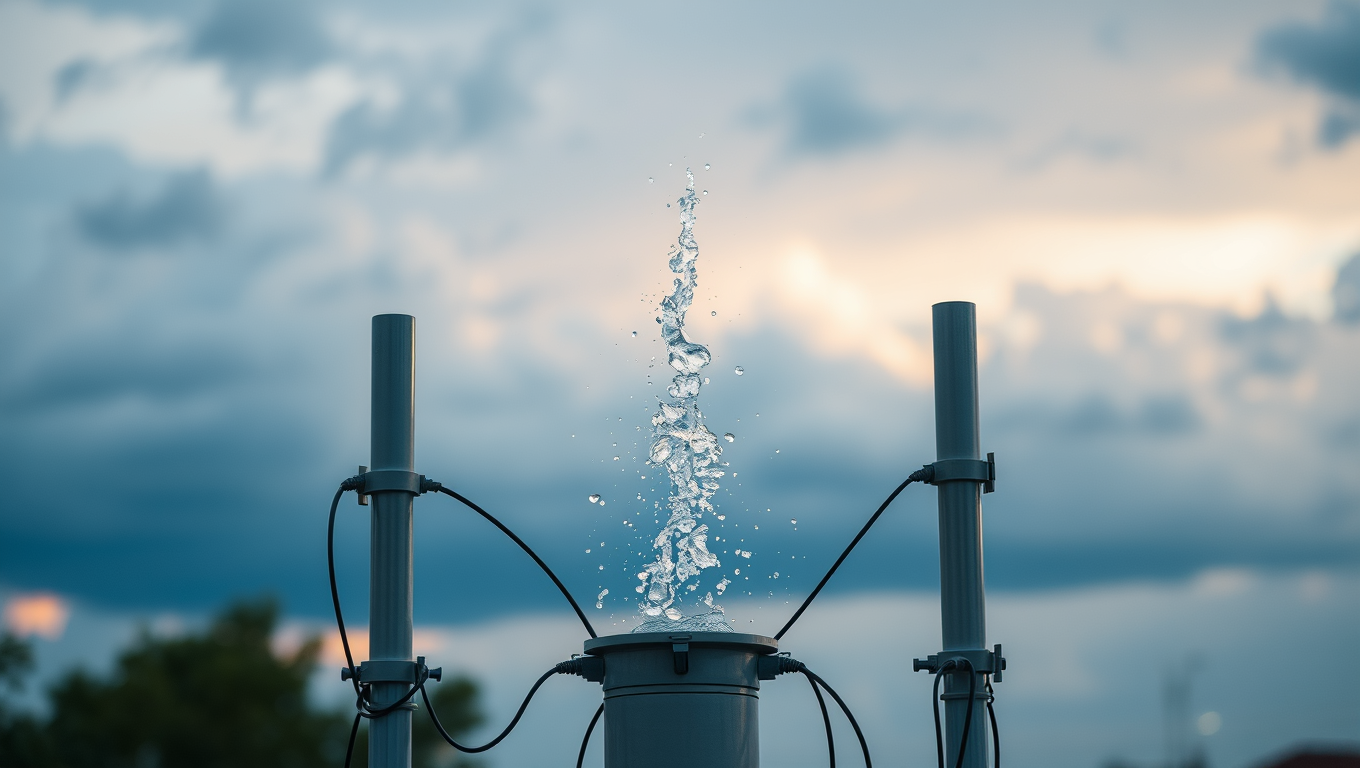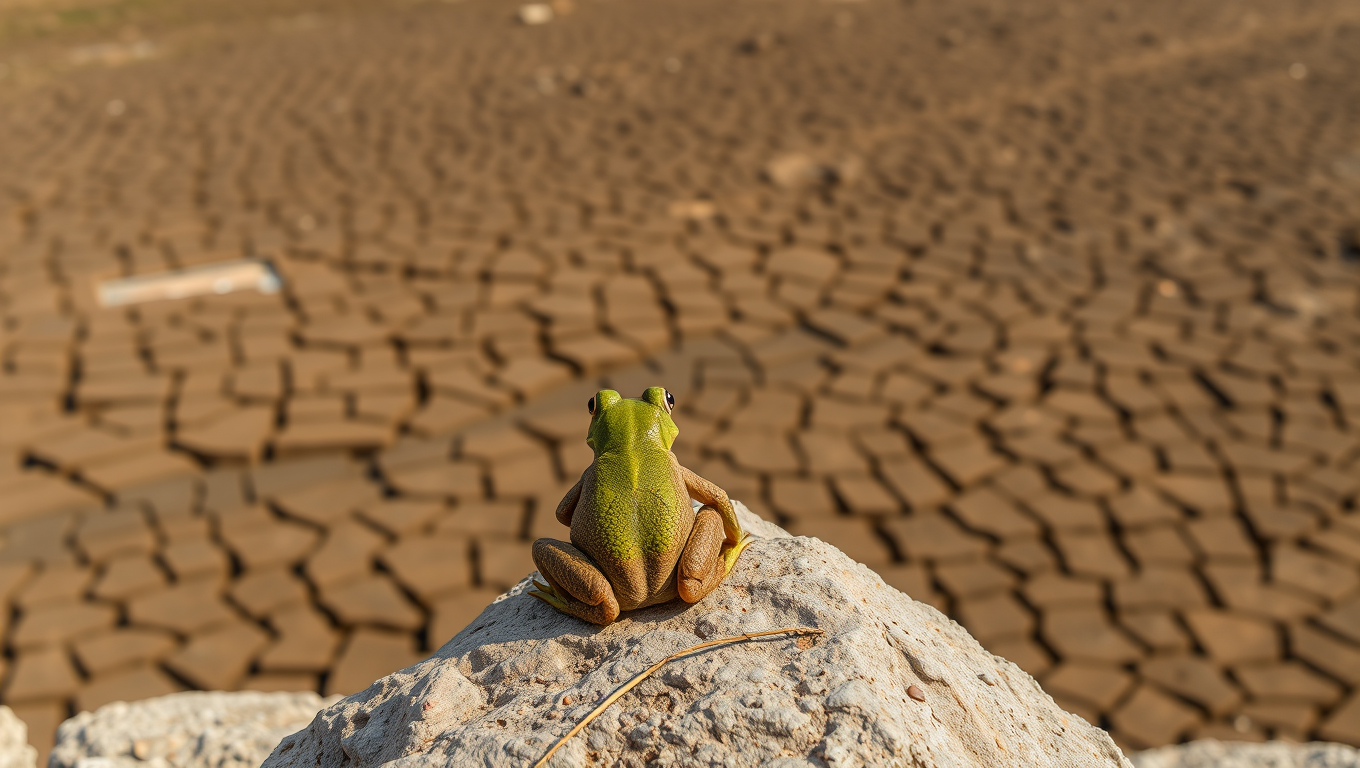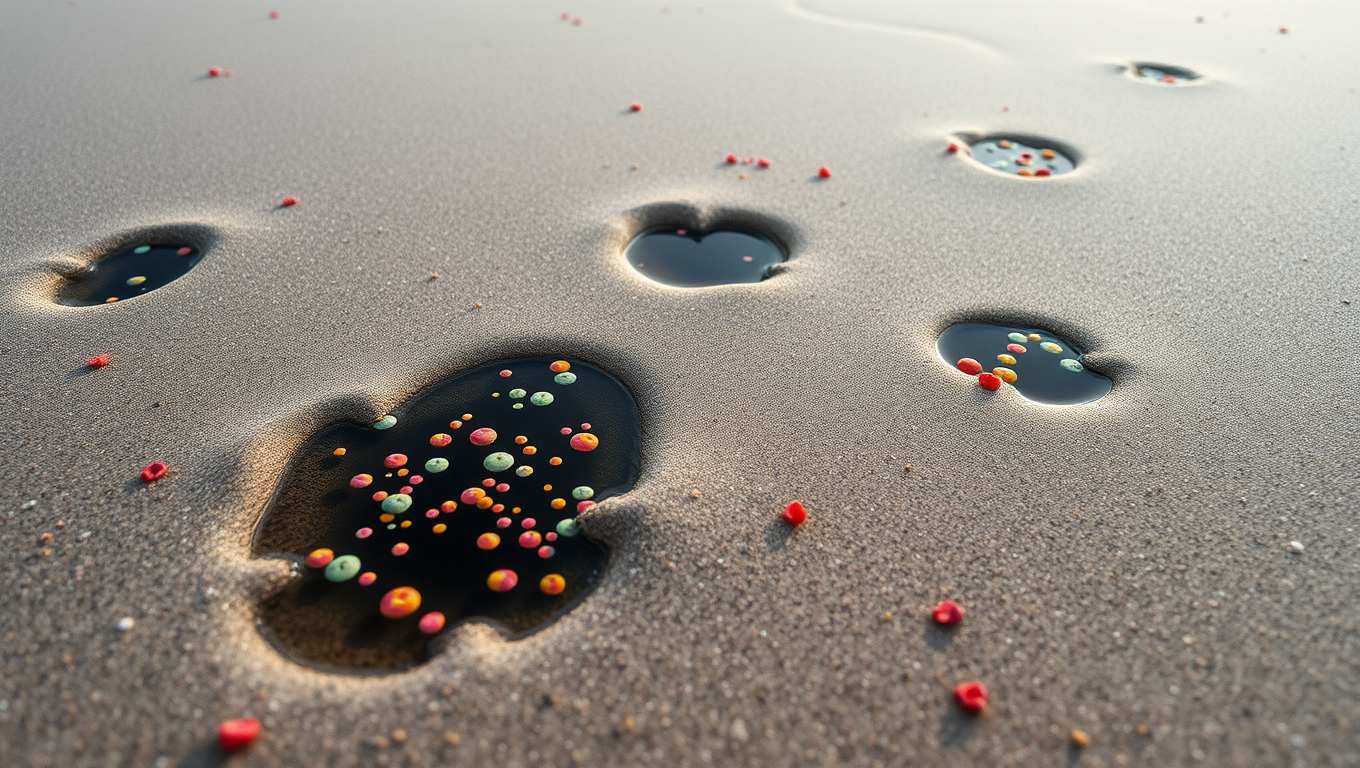While we try to keep things accurate, this content is part of an ongoing experiment and may not always be reliable.
Please double-check important details — we’re not responsible for how the information is used.
Drought Research
Harnessing Clean Energy from Falling Rainwater: A Breakthrough in Renewable Power Generation
When two materials come into contact, charged entities on their surfaces get a little nudge. This is how rubbing a balloon on the skin creates static electricity. Likewise, water flowing over some surfaces can gain or lose charge. Now, researchers have harnessed the phenomenon to generate electricity from rain-like droplets moving through a tube. They demonstrate a new kind of flow that makes enough power to light 12 LEDs.

Atmosphere
Biofilms Hold Key to Stopping Microplastic Build-up in Rivers and Oceans
Where do microplastics really go after entering the environment? MIT researchers discovered that sticky biofilms naturally produced by bacteria play a surprising role in preventing microplastics from accumulating in riverbeds. Instead of trapping the particles, these biofilms actually keep them loose and exposed, making them easier for flowing water to carry away. This insight could help target cleanup efforts more effectively and identify hidden pollution hotspots.
Drought
The Double Whammy of Extreme Weather and Habitat Loss on Amphibians
Frogs, salamanders, and other amphibians are not just battling habitat loss and pollution they’re now also contending with increasingly brutal heat waves and droughts. A sweeping 40-year study shows a direct link between the rise in extreme weather events and the growing number of species landing on the endangered list. Europe, the Amazon, and Madagascar have become danger zones, with amphibians unable to adapt quickly enough. But there s hope scientists are calling for focused conservation efforts like habitat restoration and micro-refuges to help these vulnerable creatures survive.
Acid Rain
The Hidden Impact of Anoxic Pockets on Sandy Shores
Some microbes living on sand grains use up all the oxygen around them. Their neighbors, left without oxygen, make the best of it: They use nitrate in the surrounding water for denitrification — a process hardly possible when oxygen is present. This denitrification in sandy sediments in well-oxygenated waters can substantially contribute to nitrogen loss in the oceans.
-

 Detectors8 months ago
Detectors8 months agoA New Horizon for Vision: How Gold Nanoparticles May Restore People’s Sight
-

 Earth & Climate9 months ago
Earth & Climate9 months agoRetiring Abroad Can Be Lonely Business
-

 Cancer9 months ago
Cancer9 months agoRevolutionizing Quantum Communication: Direct Connections Between Multiple Processors
-

 Albert Einstein9 months ago
Albert Einstein9 months agoHarnessing Water Waves: A Breakthrough in Controlling Floating Objects
-

 Earth & Climate9 months ago
Earth & Climate9 months agoHousehold Electricity Three Times More Expensive Than Upcoming ‘Eco-Friendly’ Aviation E-Fuels, Study Reveals
-

 Diseases and Conditions9 months ago
Diseases and Conditions9 months agoReducing Falls Among Elderly Women with Polypharmacy through Exercise Intervention
-

 Chemistry9 months ago
Chemistry9 months ago“Unveiling Hidden Patterns: A New Twist on Interference Phenomena”
-

 Agriculture and Food9 months ago
Agriculture and Food9 months ago“A Sustainable Solution: Researchers Create Hybrid Cheese with 25% Pea Protein”





























